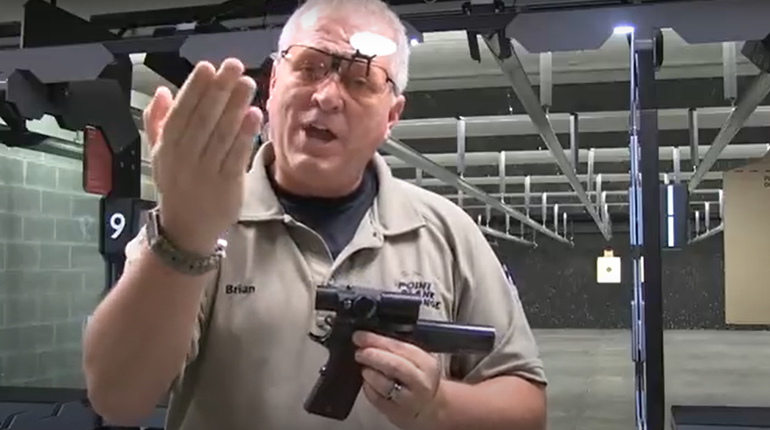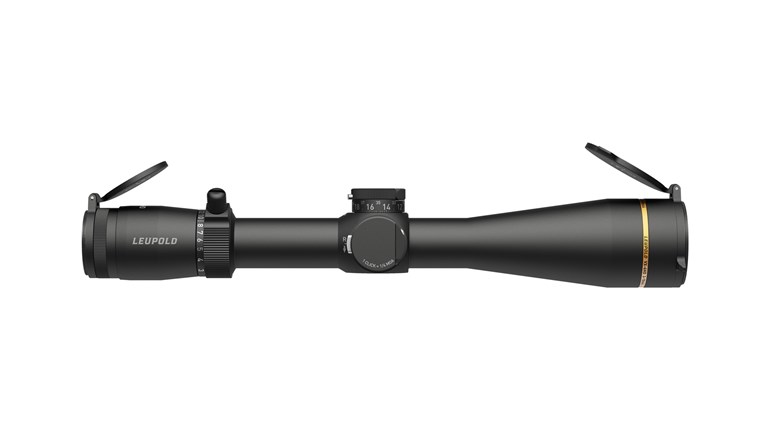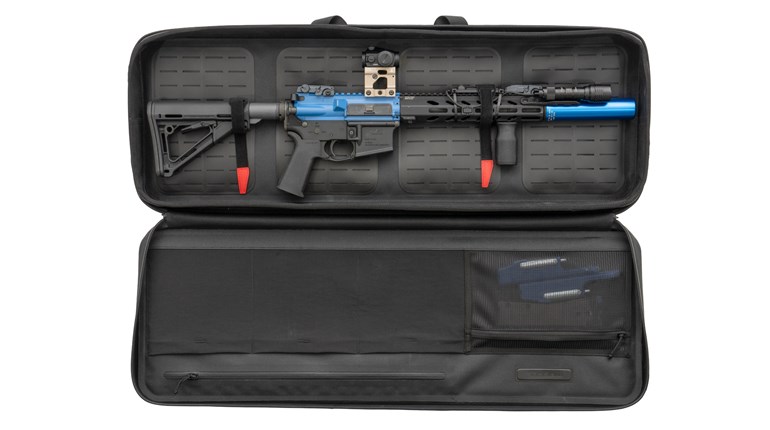
All basic rifle instruction—regardless of the source—should include some guidance on good trigger manipulation. My first formal lessons came during my pre-teen years at a summer camp run by Christian missionaries. We were simply taught to align our smallbore rifle sights on target and pull the triggers firmly when ready. That was it. We seldom drew the same rifle twice, each trigger was different and they were as far from “match grade” as they could be. Somehow, our coaches managed to keep us on target despite those challenges. I have learned both good and bad techniques over the past half-century and passed on those that worked best to family members, friends, students and beginning snipers. Yet, from time to time, I still have to “reset” my brain-to-finger relay in order to shoot my best.
I cannot remember what I was taught about trigger control during Army Basic Training, but it is a pretty good bet that I ignored the drill sergeants and continued the spasmodically heavy pull that came so naturally to my bad-habit-filled finger. That technique was not exactly conducive to great shooting, but it worked well enough for me to qualify on pop-up silhouettes out to 300 meters. That might sound mildly impressive until you consider that the targets measured roughly 39 inches tall by 19 inches wide and I knew exactly where they would come up each time. In hindsight it was not much of an accomplishment.
Later military training taught me that the best technique for pure accuracy was to focus on the front sight (or reticle) and slowly squeeze the trigger, letting the shot surprise me. Whether using a pistol, rifle or anti-tank weapon, this method only works well if you have the discipline and time required to actually let the shot surprise you.
I have a tendency to get impatient as I slowly apply more pressure to the trigger and end up rushing to the “break” that disengages the sear. That last bit of hard pull results in just enough rifle movement to push the shot a half to three-quarters of an inch from the rest of the group at 100 yards. The closer together the first few shots are, the more likely I am to mess one up by failing to be surprised. It is a brain problem so I usually just avoid this technique altogether.
Formal sniper training is where I learned to break my shots rapidly and as smoothly as possible. Speed is critical for snipers because conditions at the target can change in fractions of a second. Bad people move behind cover, non-combatants pop out of thin air and into the line of fire and wind conditions constantly change. Accurate range and wind calculations will not help if the changing conditions cause a miss due to the time it takes to break a clean, slow shot. Once the needed elevation is compensated for and a wind call is made, the shot has to break quickly.
The mechanics of the rapid/smooth pull method are pretty simple: Maintain a steady position that supports your natural point-of-aim and prevents rifle movement, center your sighting system over the intend-ed point-of-impact, control your breathing and pull the trigger briskly, smoothly and straight to the rear until the shot breaks. Then bring your sight(s) back on target to be ready for a follow-up shot, even if you know you will not make one. I have learned, re-learned and learned again over the years that whenever I deviate from this plan—either moving too slow or pushing too fast—I will blow it nine times out of 10. Conversely, when I trust the rapid/smooth pull method, my shots will be clean.
My work-related range time is spent firing five-shot groups for accuracy every week. Annually, that totals right around 11,500 rounds or approximately 2,300 individual groups fired in pursuit of precision. Embedded within those numbers are a bunch of bad shots, but the occasional really tight groups provide just enough motivation to keep me going in pursuit of the next five-shot fix.
One trick that always serves me well with magnified optics is to hyper-focus my eyes on the exact spot that I want to hit. Doing so disengages the “rush the shot” lever that runs directly from my brain to my trigger finger. This is similar to the high-speed-driving technique of only looking where you want to place the vehicle and never at things that you do not want to hit. Under stress and at high speeds, we tend to go precisely where we are looking. The same is true for precision shooting with optical sights. Keep your eyes on the bull as you pull.
A few years back, I wrote an April Fool’s Day column that made the case for four-shot groups. The premise was that I would appear to be a much better shooter and while it was meant to be tongue-in-cheek, my self-deprecating joke held more than a few grains of truth. Whenever I do blow a shot and have the luxury of time, I relax for a moment, clear the cobwebs from my head or sweat from my eyes and then go back to the rapid/smooth trigger pull that places my shots right back where they are supposed to be. If time is not on my side, I forget about the bad shot, knuckle down and quickly follow up with one that counts—possibly while uttering a few choice words of “encouragement” under my breath.




































